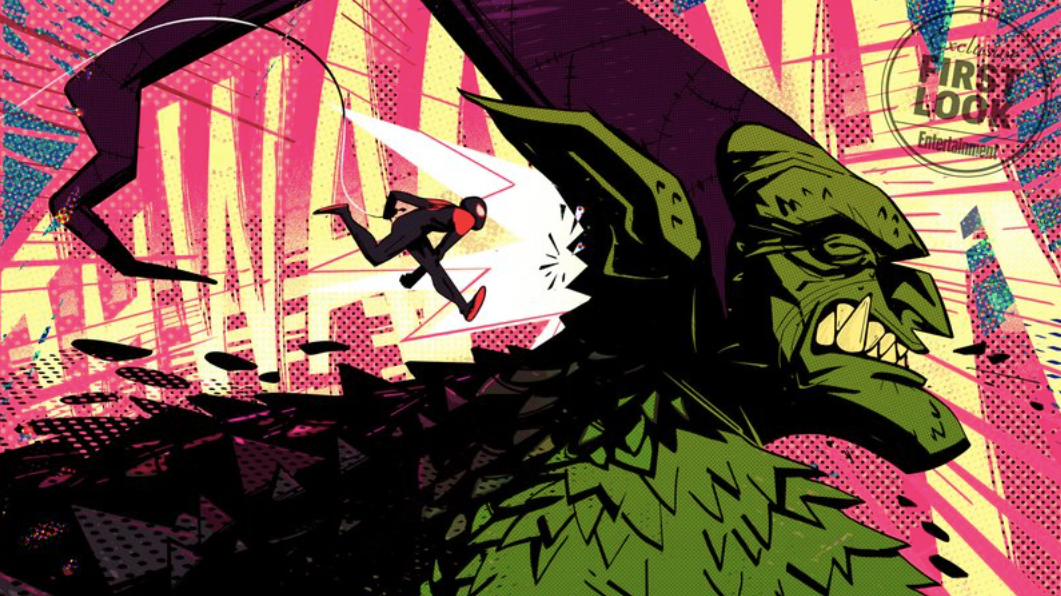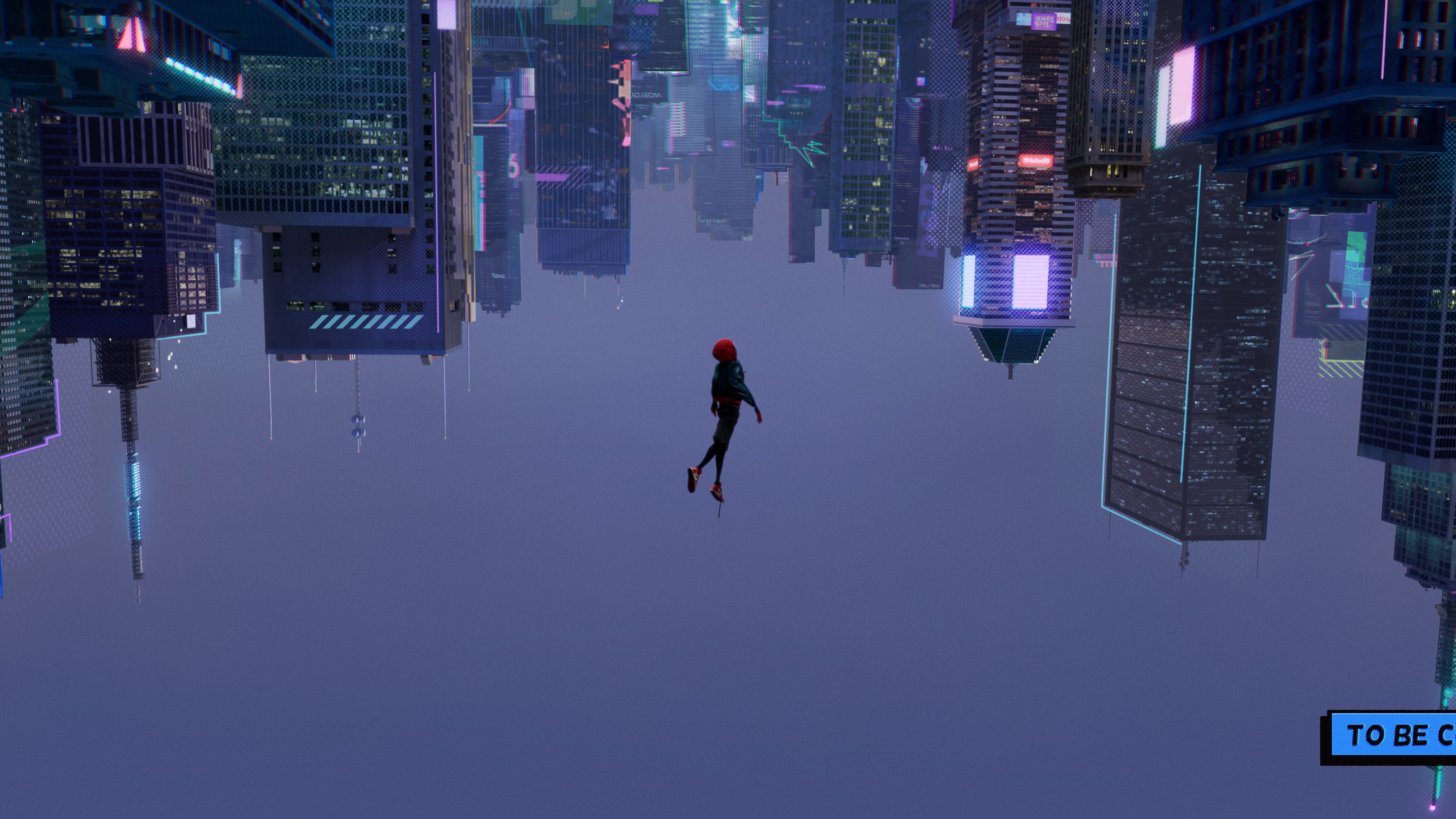It’s got the makings of a good film, covered in a lot of fluff.
SUMMARY (Spoiler-Free)
It’s not quite 1985 yet and America is living it up like it’s 1999, Prince’s 1982 album. If that sentence seemed like an overly roundabout and pointlessly showy way of saying “it’s 1984,” then I have successfully conveyed the movie’s tone. Diana, Princess of the Amazons, (Gal Gadot) is working as an anthropologist at the Smithsonian and somewhat covertly operating as Wonder Woman. After stopping a heist of rare antiquities, she meets Barbara Minerva (Kristen Wiig), a new gemologist, who envies Diana for her confidence and strength. One of the items from the robbery is an inscribed stone which is given to Barbara to inspect by the FBI. After handling it, Diana discovers that her previously deceased love Steve Trevor (Chris Pine) is now alive again. At the same time, aspiring businessman Maxwell Lord (Pedro Pascal) wants the stone for his own purposes. Action sequences ensue.
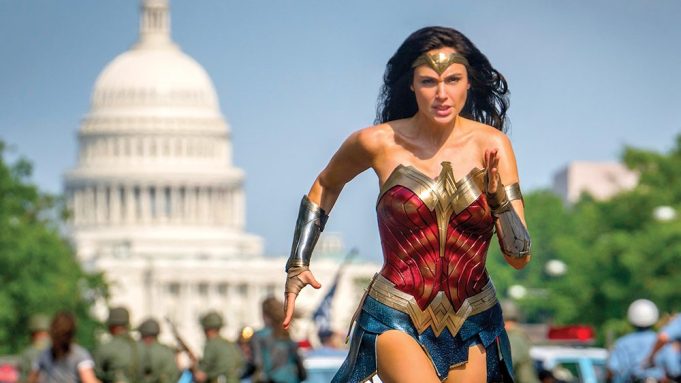
END SUMMARY
This movie reminds me a bit of the third Tobey Maguire Spider-Man film. There were good performances in it and several decent ideas, but the plot was overloaded with moments that exist just to satisfy some fleeting desire to add a single element. Don’t get me wrong, it’s still better than most of Spider-Man 3, but it has the same “let’s add 10 minutes for an unnecessary sub-plot” feeling. As a result, this movie is probably about a solid forty minutes longer than it needs to be. They just kept adding things that either needed more focus to really work or just didn’t need to be there at all. I’ll give a concrete and major example after the spoiler break.
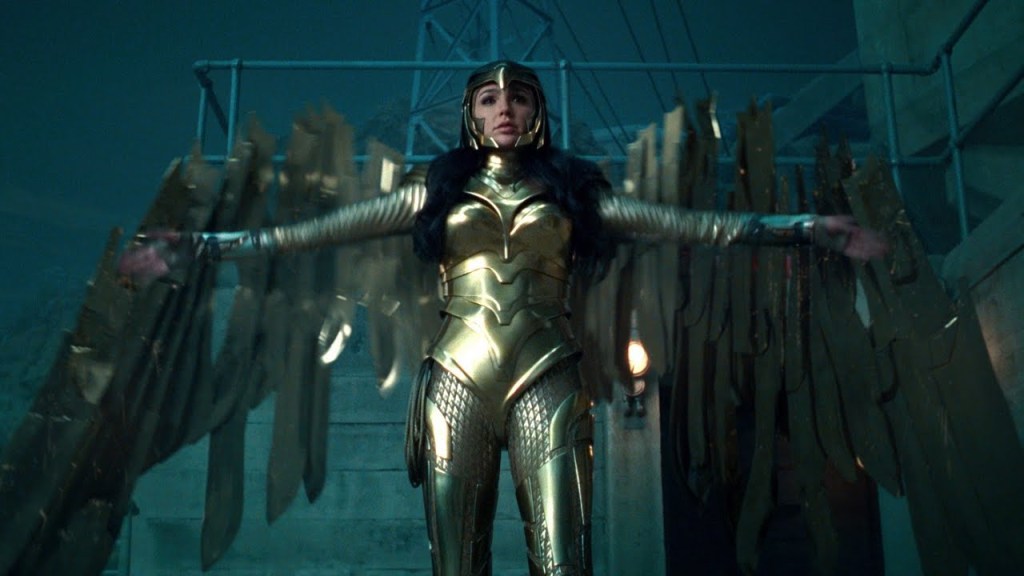
I’m not going to say that this film is bad. I certainly wasn’t blindingly angry while watching it, which puts it ahead of at least two other films in the DCEU. There are some good sequences in it, particularly the fight sequence in the White House, and Kristen Wiig and Pedro Pascal both play their characters better than they are written. Sure, there are a lot of scenes that could be cut, but many of the scenes in the film are genuinely touching or well-done. I particularly will say that I loved the way that the main conflict was resolved. In the first movie, Diana says that her greatest power is love, but then also beats Ares by using the power of shooting magic lightning. It’s hard for me to absorb the message when the story completely contradicts it. However, in this film, Diana actually does win by using love and empathy rather than just punching. It’s a logical resolution that contains a great moral and a lesson that is completely appropriate for our time.
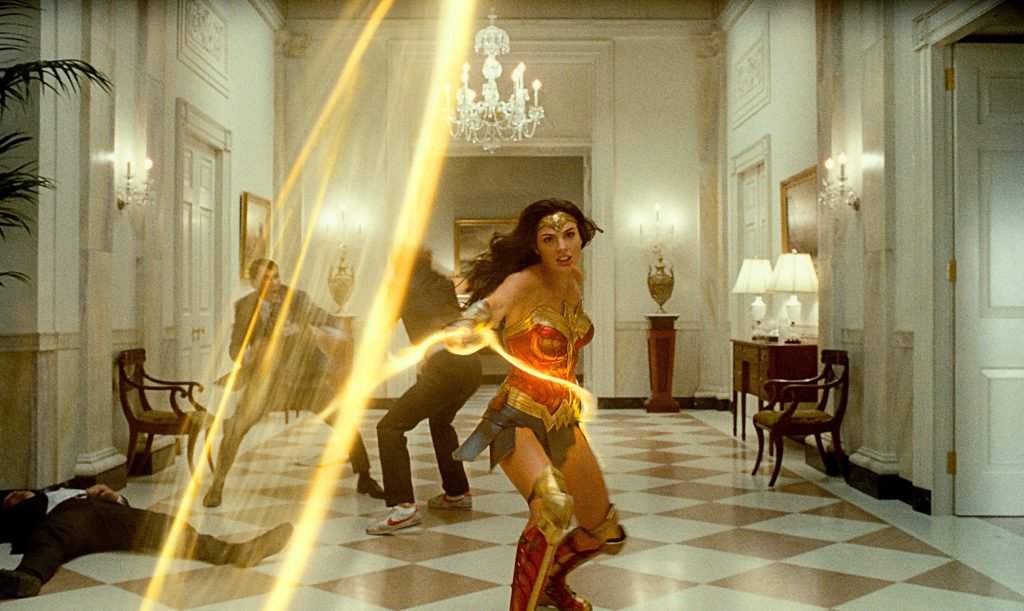
I will admit that while watching it I considered that the movie might be bloated and overindulgent because it’s a 1980s film. That was a decade of action movies that basically defined the term “over-the-top” and maybe this movie is trying to take that back from the extremely male-dominated genre by saying “here’s a film with a strong female protagonist that is also f*cking ridiculous.” We were willing to overlook the many flaws in Commando and turn it into a much-loved classic, so why can’t this film get the same benefit? But, if that was why, that’s still not a great reason. We don’t make ’80s action films anymore because we are no longer living in the ’80s. America, and the world, is fundamentally different and our art reflects that. The film captures the style of the period, it doesn’t need to capture the attitude behind the scenes.
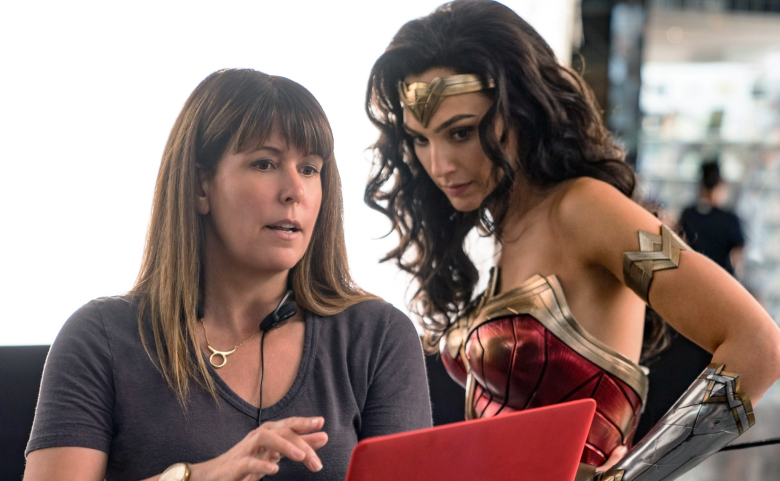
Overall, I don’t think this is a great movie, but I don’t regret seeing it. I am glad they’ve gone ahead and green-lit another film, because this movie still made it clear that Patty Jenkins knows how to shoot some great sequences and Gal Gadot is a solid choice for Wonder Woman. Also, amazing post-credits cameo.
***SPOILERS***
The single point at which I knew I was getting frustrated in the movie was the invisible jet sequence. It has so many logical flaws that it just started breaking my brain. First, they have to get a jet because they need to fly to Cairo in one trip and can’t fly commercial as Steve doesn’t have a passport. This is already stupid because A) Steve is possessing the body of a guy who clearly travels and thus would likely have a passport, B) Diana, a literal immortal goddess, works for the Federal Government and thus clearly knows someone who can make fake identities, and C) they pick a Panavia Tornado, a Jet whose maximum range would not get you halfway to Cairo from Washington DC on a full tank of fuel. Also, Steve can fly a jet even though he died in 1918? Then, while they’re taking off, Diana suddenly remembers that stealing a jet is a thing people don’t like and that they’re going to be attacked, so she has to make it invisible, even though she apparently hasn’t done this before. The thing that really pisses me off is that it was all just a ham-fisted way to work the Invisible Jet into the Wonder Woman film. It’s a 20 minute subplot that could just have been replaced with “oh, btw, I HAVE A MAGIC JET THAT’S INVISIBLE.” Making it a real jet that she turns invisible makes you wonder how the hell they found an airstrip or a place to refuel or how Steve used the bathroom during a 10 hour fight. If it’s a magic jet, like it usually is in the comics, then no one needs to think about any of that stuff. Or, honestly, just work the jet in somewhere else and do a jump cut to them being in Cairo. No one would have questioned them just taking a commercial plane.
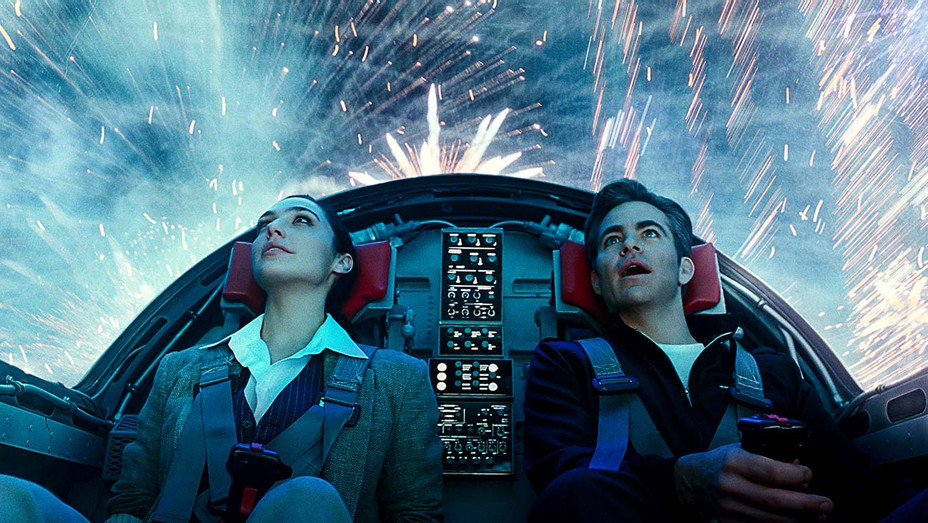
There are about three different subplots like this that add nothing to the movie and feel like they were done just to add something for either the trailer or just to satisfy a studio checklist. Actually, multiple scenes from the trailer were completely pointless, like having her lasso lightning while flying or having her don Asteria’s armor only for Cheetah to tear it apart in a minute.

Then there’s Cheetah. Okay, so, I’m giving credit to the movie for the scene in which a drunk guy accosts Barbara, because it is appropriately horrifying. Particularly with him repeatedly saying “I’m a nice guy” as he tries to force himself on her. When Diana saves her, it’s completely reasonable that Barbara would wish to be like Diana and thus wish to be strong. It’s even understandable that she would start to get caught up in having that much power and attention. However, they try to convey her “start of darkness” by having her beat up the guy who accosted her. A woman beating up her would-be rapist is usually not a “villainous” act. But the biggest question is why she ever wanted to be a cheetah woman at all. She already has super-strength and such, why the hell not just ask for Wonder Woman’s full powerset? She says it’s about being an “apex predator,” which is weird enough, but cheetahs, while they technically fit the term, aren’t what you think of when you hear “apex predator.” I could not buy that last leap to being Cheetah on any level. Why not have Barbara lose her powers at the end of this film and seek alternate powers to be strong again in the next movie that have the side-effect of turning her into a cheetah? It’d give some time for an actually well-done character to believably go from nice to villain.
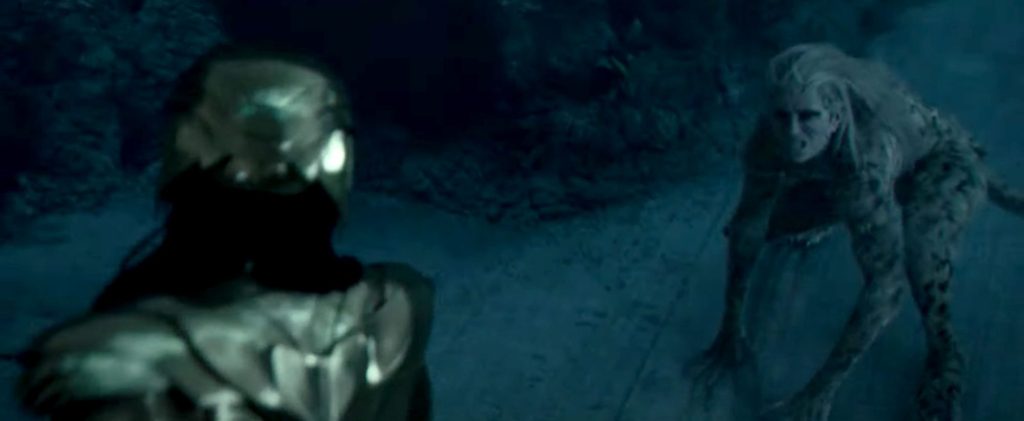
The thing about all of these complaints is that they stink to high heaven of studio meddling. “You can’t use a movie to set-up Cheetah without showing Cheetah” or “we need some cool shots for a trailer that will be made a year before the film is done.” If you cut all of this crap, then this movie could genuinely have been really good. I think I could re-cut the movie myself to be better with just what we have. It’s just frustrating to watch a lot of good get diluted by mediocre.
If you want to check out some more by the Joker on the Sofa, check out the 100 Greatest TV Episodes of All Time, Collection of TV Episodes, Collection of Movie Reviews, or the Joker on the Sofa Reviews.
If you enjoy these, please, like, share, tell your friends, like the Facebook page (https://www.facebook.com/JokerOnTheSofa/), follow on Twitter @JokerOnTheSofa, and just generally give me a little bump. I’m not getting paid, but I like to get feedback.






